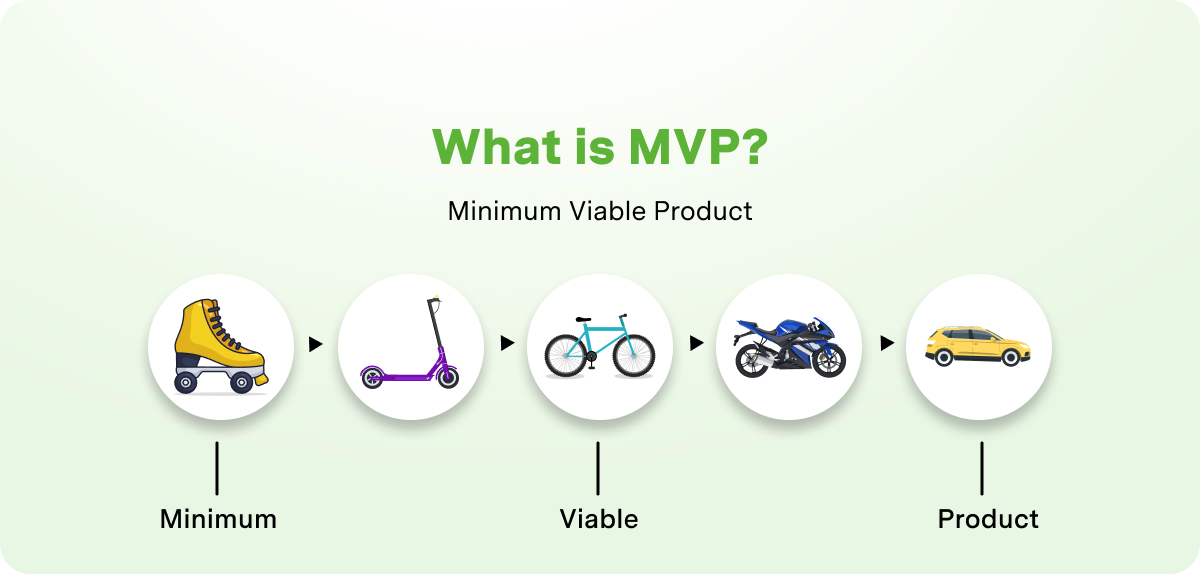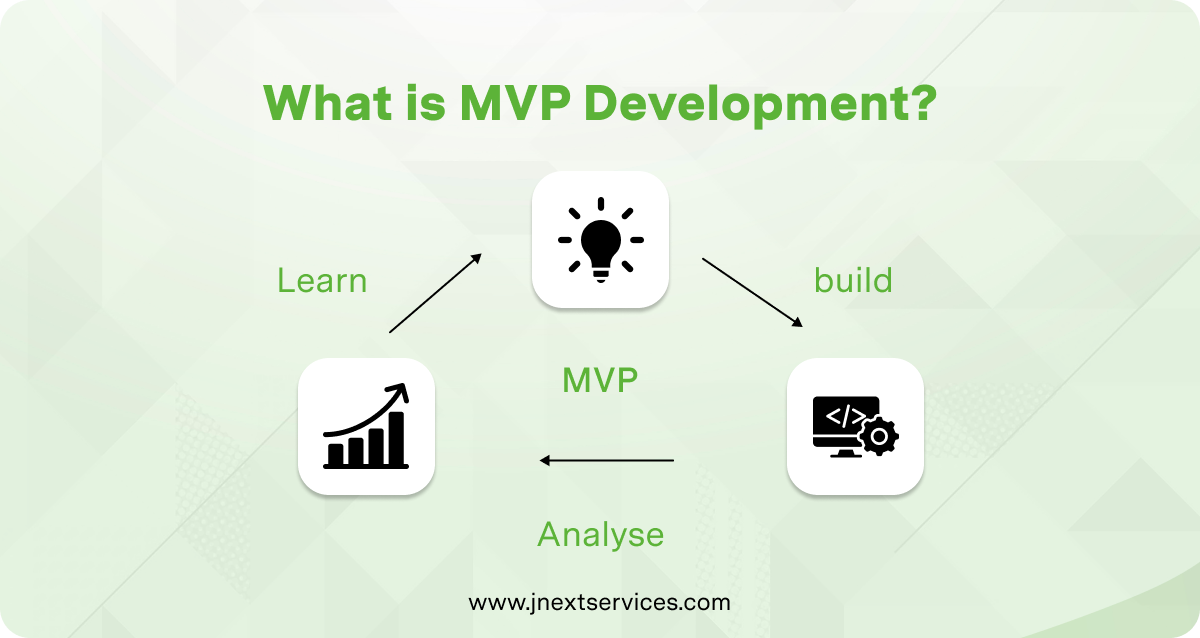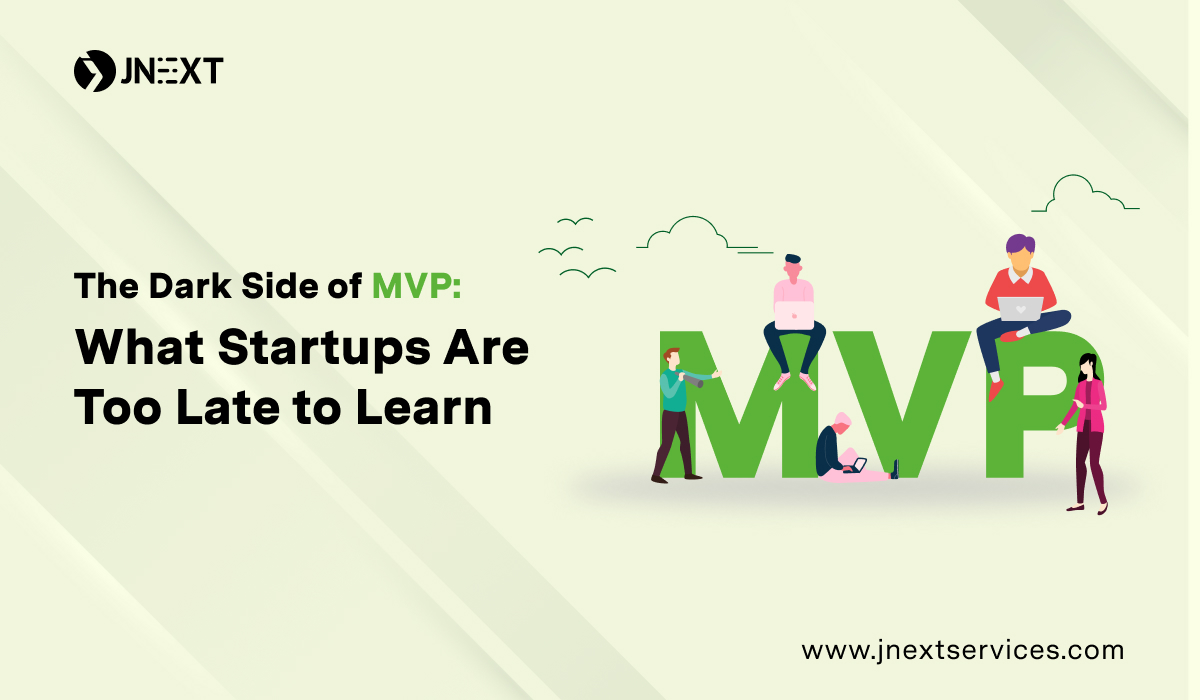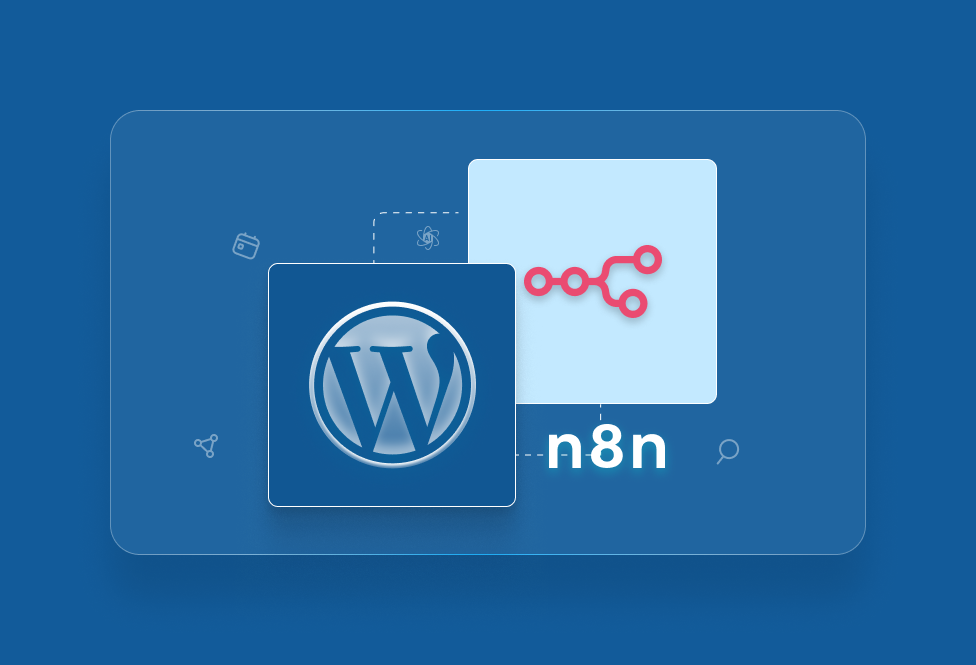When I first heard about the concept of a Minimum Viable Product (MVP), I was hooked.
It sounded like the perfect solution for startups: build something fast, get it in front of users, and tweak it based on their feedback. Simple, right?
The idea is everywhere—you’ve probably seen it touted as the ultimate way to validate your product without wasting time or money.
But here’s the thing: MVPs aren’t always the golden ticket they’re made out to be. In fact, they can be the very reason startups fail. I’ve seen it happen time and time again—founders rush to get an MVP out the door, only to realize too late that they’ve made critical mistakes.
The results? Wasted time, blown budgets, and, worst of all, a loss of trust from early users.
If you’re thinking about building an MVP or are in the process of doing so, this blog is for you.
What is MVP?

MVP (Minimum Viable Product) means developing a basic version of the software product your company wants to release. The product may consist of essential features and core functions your end-users may need. It is then released on the market to test & see how it performs and find if it has any potential to succeed. MVPs do not include anything beyond the vital functionality for initial testing.
MVP development has gained a significant place that facilitates engineers in the software’s development process. Moreover, you can record the feedback from your end-users which can help a lot to mold the final product to make it worthwhile for them. The exciting thing about MVP development is that you can use it to develop both apps or websites and determine their potential success in the market.
Why Startups Love MVPs (And Why You Should Be Careful)
Let’s start with why MVPs are so popular. The idea is genius: you build a basic version of your product with just enough features to attract early adopters.
This way, you can test your idea without pouring all your resources into something unproven.
Here’s what makes MVPs so appealing:
Speed to market: You can launch quickly and get ahead of competitors.
Cost-effectiveness: You save money by focusing only on what’s necessary.
User-driven development: You let real users shape your product.
Sounds perfect, right?
But here’s the catch: the very things that make MVPs attractive are also what make them dangerous. When speed and cost become the primary focus, it’s easy to overlook critical steps like market research, user testing, and scalability. That’s when things start to fall apart.
What is MVP Development?

Before we delve deep into why MVP is essential, let’s understand what MVP development is. In MVP, the crucial aspect is the product’s viability to provide enough value to your users. And making sure the viability of your product is one of the critical attributes of MVP development. You must focus on what your product does instead of how it does it.
Also, providing too many functionalities can be overwhelming and invaluable because most of the average product’s functions aren’t used at all. Thus, wasting resources on developing unnecessary functionalities does not make the product viable. The only part of the viable product in MVP development is to meet what users need.
The key to developing a successful MVP here is to keep a balance between “Minimum” and “Viable” and ensure that your audience will use the product you created.
The Myths About MVPs: What Startups Often Misunderstand
I’ve come across so many founders who dive into MVP development with the wrong expectations. Let’s bust some of the most common myths:
“An MVP is just a cheap product.”
I can’t tell you how many times I’ve heard this. Yes, an MVP should be cost-effective, but it’s not about cutting corners. If your MVP is poorly built, it won’t validate your idea—it’ll kill it.
“Speed is everything.”
I get it; you’re excited to launch. But rushing through development often leads to technical debt and a subpar user experience. Trust me, a buggy MVP won’t win you any fans.
“More features mean better validation.”
This one’s a trap. The whole point of an MVP is to focus on solving a single, core problem. Adding unnecessary features not only delays your launch but also confuses users.
If any of these myths sound familiar, don’t worry—you’re not alone. The good news is that these mistakes are avoidable if you approach your MVP with the right mindset.
The Dark Side of MVPs: What You Don’t Hear About
Now, let’s talk about the risks—the stuff no one tells you when you’re caught up in the excitement of launching an MVP.
1. Poor Market Research
Imagine this: you’ve spent months building an MVP, only to find out your target audience doesn’t actually need it. This happens more often than you’d think. Without proper research, you’re just guessing—and guessing is expensive.
2. Overemphasis on Speed
I’ve seen startups rush to launch their MVP just to “get something out there.” The result? A product riddled with bugs and usability issues that scare away potential users. Remember, your MVP is your first impression—make it count.
3. Feature Creep
It’s so tempting to add “just one more feature.” But every extra feature adds complexity, increases costs, and takes you further away from your MVP’s core purpose.
4. Lack of Scalability
Here’s a hard truth: many MVPs are built with no thought to future growth. Short-term fixes might get you to launch, but they’ll haunt you when it’s time to scale.
5. Ignoring Customer Feedback
An MVP isn’t a “set it and forget it” kind of deal. If you’re not actively listening to your early users, you’re missing the whole point of the MVP process.
The Emotional and Financial Cost of Getting It Wrong
Let’s get real for a second: when your MVP fails, it’s not just your wallet that takes a hit—it’s your confidence, your team’s morale, and even your relationships with investors.
I once worked with a startup that launched an MVP without proper testing. They burned through their budget fixing bugs, their users lost trust, and their investors pulled out. Watching that unfold was heartbreaking.
But here’s the thing: failure isn’t the end—it’s a lesson. If you’re willing to learn from it, you can bounce back stronger.
Lessons from Successful MVPs
Airbnb
Airbnb’s MVP was a simple website that listed their own apartment. They focused on solving one specific problem:
connecting hosts and guests. By validating demand early, they avoided unnecessary features and scaled strategically.
Dropbox
Dropbox’s MVP wasn’t even a product—it was a demo video explaining how the product would work. This approach validated demand without heavy upfront investment.
How to Avoid These Pitfalls: A Practical Guide
If you’re building an MVP, here’s how to do it right:
Focus on the Core Problem
Before you write a single line of code, ask yourself: What is the one problem my MVP will solve? Keep your focus razor-sharp.
Validate Before Building
Talk to potential users. Conduct surveys. Create a prototype or even just a landing page to gauge interest.
Start Simple and Iterate
Your MVP doesn’t need to be perfect—it just needs to work well enough to test your assumptions.
Listen to Your Users
Early adopters are your best resource. Listen to their feedback and adapt accordingly.
Plan for Scalability
Even if your MVP is basic, make sure it’s built on a foundation that can grow with your product.
When an MVP Isn’t the Right Choice
Here’s a truth not many people talk about: sometimes, an MVP isn’t the best approach. If you’re in a high-stakes industry like healthcare or finance, a buggy product can do more harm than good.
In these cases, consider alternatives like proofs of concept, prototypes, or extensive user testing before launch.
Future Trends in MVP Development
The way we approach MVPs is evolving. Here are a few trends to watch:
Low-Code/No-Code Platforms: These tools make it easier than ever to build and test MVPs.
AI-Driven Testing: Predictive analytics can help validate your idea before you invest heavily.
Focus on Delightful Experiences: The new standard for MVPs isn’t just “minimum viable”—it’s “viable and delightful.”
Helps Validate the Idea in the Real World

Testing in the real world is quite different than testing your products internally. Real-world involves numerous various factors such as market size, economy, growth, trending techs, etc., and their analysis. And best way to do so is to release the product and then see how it performs in the given market.
The main aim of releasing the MVP in the real world is also to build a process where it is tested and enhanced based on the responses from the real world.
Final thought
Building an MVP isn’t just about speed or saving money—it’s about creating a solid foundation for your startup’s success. The truth is, while MVPs offer immense potential, they come with risks that can derail even the most promising ideas.
The good news? You don’t have to figure it all out on your own. By focusing on solving a real problem, validating your idea early, and listening to your users, you can avoid the common pitfalls that plague so many startups.
Remember, the goal of an MVP isn’t just to launch—it’s to learn. Every decision you make during this phase shapes the future of your product and your business.
If there’s one takeaway from this, it’s this: be intentional. Rushing to launch an MVP without a clear plan is like building a house without a foundation—it’s only a matter of time before it collapses.


 January 23, 2025
January 23, 2025






TEAM id
jnext_services
email us [email protected]
india
+91 98587 63596
United Kingdom
+ 44 77679 57915